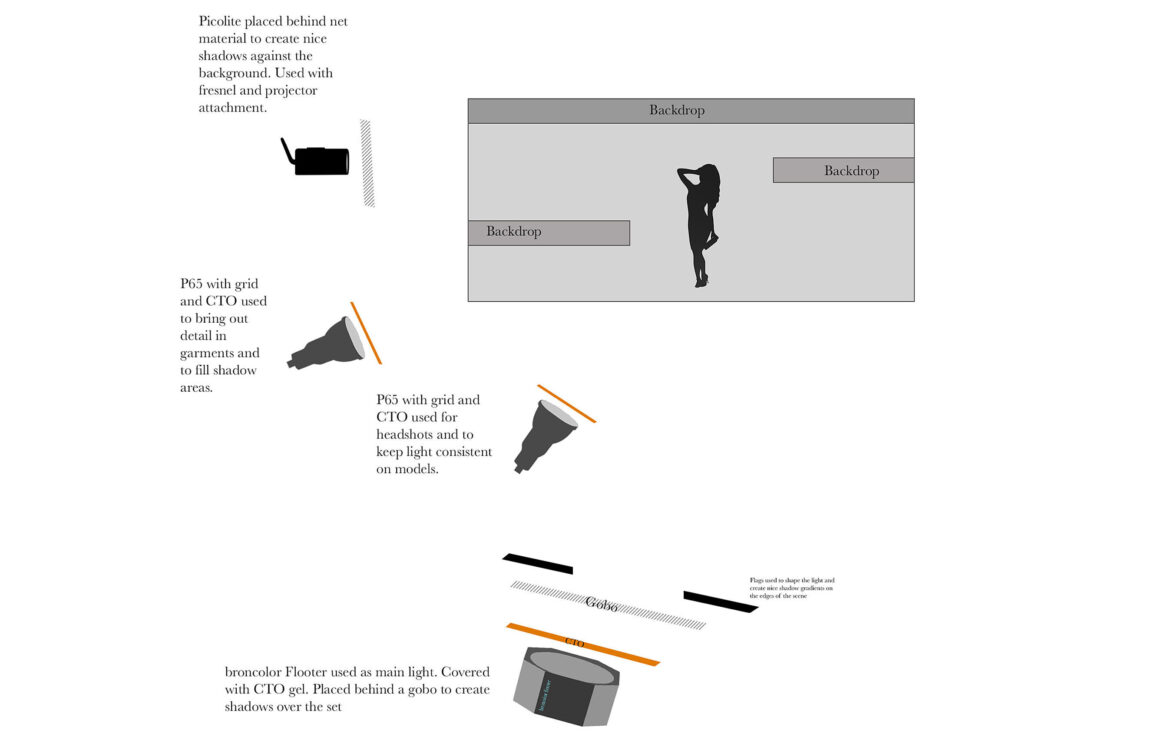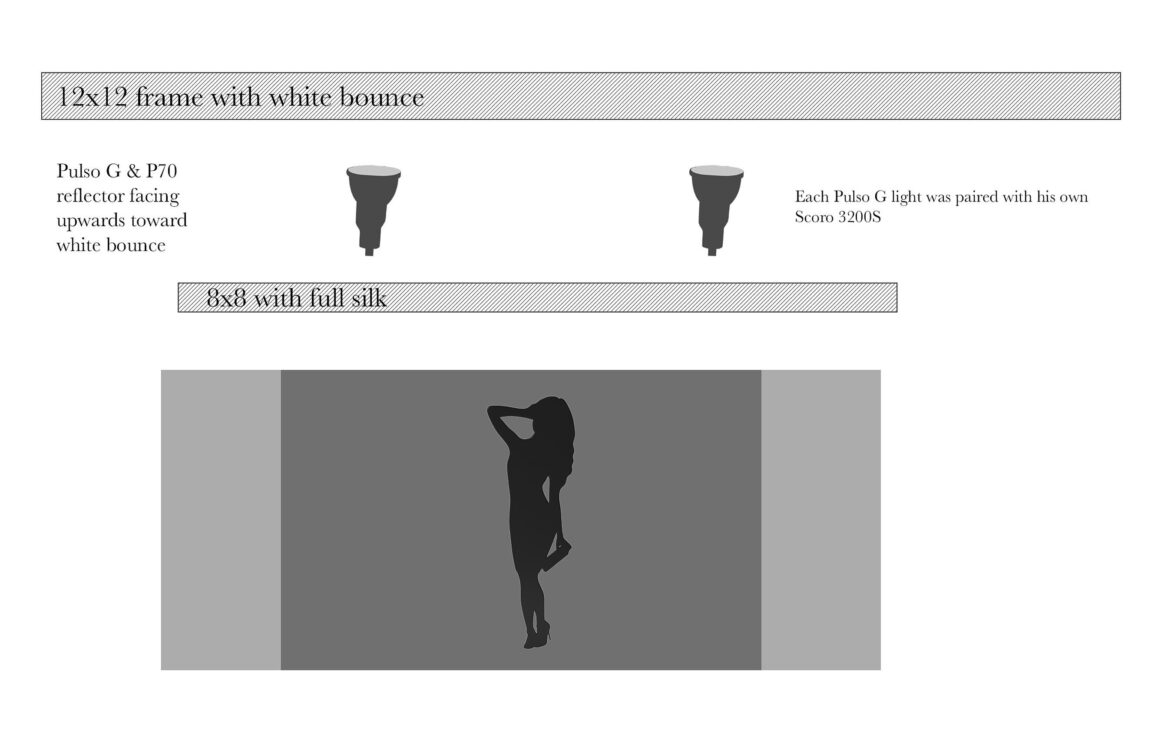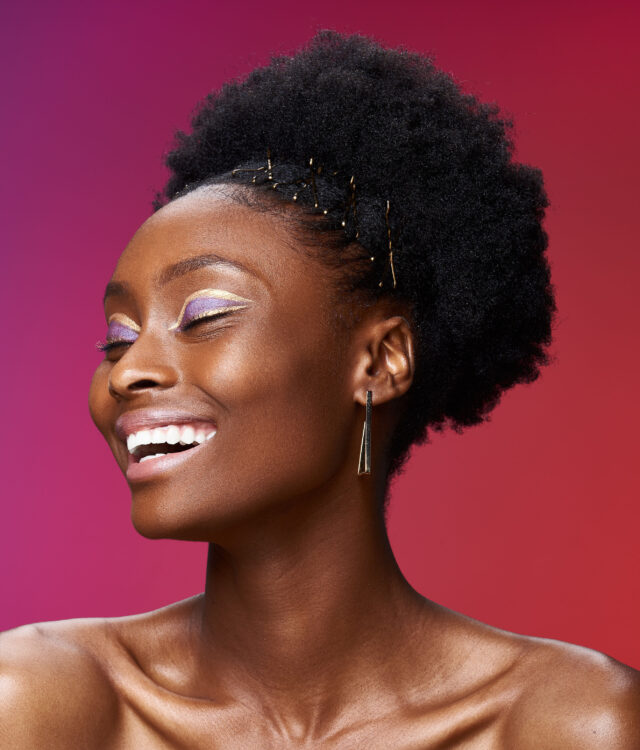In the past few months I have become quite inspired by the light and colour quality of late afternoon sunlight. It has thus become something I have been trying to incorporate into my work. This shoot is one of my first attempts at doing that.
For this shoot I decided to team up with Aneeqah Stellenboom, owner and head designer at Phi Casa, and makeup artist Suaad Jeppie, to create a beautiful new lookbook for the Spirited A/W 2018 collection. Through Suaad I was introduced to stylist and art director Carla Vermaak who created some beautiful headpieces for the lookbook.
The Spirited 2018 A/W collection was inspired by animals from different environments and the beauty of their unique and individual strengths. “Spirited” focuses on the challenges these animals are faced with in the wild and the similar characteristics women may relate to when facing challenges in the real world, challenges they overcome time and time again and ultimately survive.
One of the things I’ve noticed most about late afternoon and sunset lighting is the transition of colours and hues between highlights and shadow areas. Highlights and midtones tend to have a warm quality while shadows on the other hand tend to have a colder undertone. I wanted my whole scene to be moody and mysterious and thus used a combination of hard and soft lighting to create subtle shadows over the whole scene. I tried to recreate the kind of dappled light that would fall in through a window late in the afternoon just before the sun sets.
I used the broncolor Flooter as my main light and placed a CTO gel over the light to give it a warm quality. I built a gobo with a big flag frame and gaffer tape and used it in front of my Flooter to cast shadows over my whole set. I didn’t want the shadows to be too prominent, so, I played around with the spot‐flood lever on the Flooter and also adjusted my gobo’s angle so that the shadows didn’t have hard edges. My broncolor Flooter was paired with a Scoro 3200S and a Pulso G head.
I wanted my shadows to have a crossover effect and tried to use another light source: a Pulso G with a P65 reflector in combination with the Flooter. I placed the Flooter and the P65 at various angles behind my gobo, but soon abandoned using the P65 as it didn’t give me the desired effect I wanted.
I needed to fill all the shadows and give them a blue hue. To accomplish this, I built a big light source over my whole set. I built a 12 x 12 frame with a white bounce and an 8x8 frame with a full silk. I placed both these frames horizontally over and above the set. I started with the 12x12, I lifted it as high as the ceiling allowed me and I placed the 8x8 underneath it. I left a gap between these two frames so that I had space to bring in my lights. I used two Pulso G heads with P70 reflectors. Each Pulso G head had its own Scoro 3200S pack. I moved these lights into the space between the two frames. I made sure the heads were directed towards the 12x 12 white bounce. The 12x12 white bounce reflected the light and the 8x8 with full silk underneath the 12x12 soften all the reflected light even more and filled all the shadows.
Because my main light was already covered with a CTO warm gel, I didn’t need to place any colder gels over my fill in lights ‐ they were already colder in comparison. I adjusted the white balance of my camera to suit the CTO covered Flooter and all the shadow areas automatically had a colder undertone.


I had two Pulso G heads with P65 reflectors and a variety of grids that were used for various reasons throughout the shoot. They never had one specific use. I used one for headshots. I found that the shadows casts from the Flooter and gobo sometimes fell over the model’s face. The P65 with grid focused the light on my model’s face and kept the exposure consistent. The other light was used to bring out details in clothing that were either very dark or lost in shadow areas. I also used the Pulso G with P70 reflector to create shadows in various places. These lights were covered with CTO’s to keep the colours consistent with that of the Flooter.
For some of the looks I used a Picolite in combination with my Scoro 1600 E pack and switched between using a Fresnel and a projector attachment. I wanted to recreate that kind of dappled light that comes through the window and falls onto the wall in the afternoon. To do that I set up a net on a frame. I placed the Picolite behind the frame and let the shadows fall on my background. I adjusted the net to suit my needs so that I had interesting shadows in the places I wanted it to be. The Fresnel and the spot attachment gave me a nice variety of control. With the Fresnel I could spot or flood the light coming from the Picolite and with the projector attachment I had the option of creating clear, well-ˇ‐defined shadows and shapes.
In the below images I used the Picolite with projector attachment to create a square on and behind the model.









